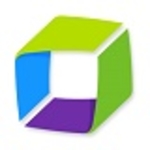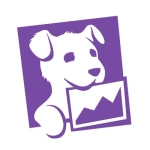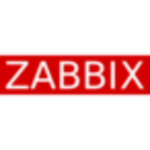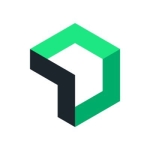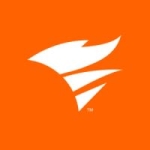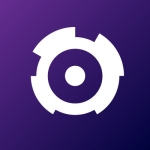What is our primary use case?
My company uses AppDynamics Server Monitoring for server monitoring and end-to-end monitoring. The tool has an event alerting mechanism that lets people within the company know when any server is down so that you can raise a ticket, and the support team can work on that ticket.
What is most valuable?
The event alerting feature or the trigger system is what I like most about AppDynamics Server Monitoring. Whenever an issue occurs, the tool automatically generates an even trigger that tells engineers in the company to take action, so it's an essential feature of AppDynamics Server Monitoring.
Another valuable feature of the tool is end-to-end monitoring, which means if you need to debug, you can go transaction by transaction, where the issue lies, and how it's linked. For example, if it's a low-performance issue, you can look into it more through AppDynamics Server Monitoring in terms of which area takes too much time to execute. You can also see the SQL queries and the kind of query going on through the tool.
What needs improvement?
An area for improvement in AppDynamics Server Monitoring is integration; in particular, it needs a better way to integrate with custom applications such as Siebel CRM. Right now, it's challenging to integrate AppDynamics Server Monitoring with Siebel CRM because it sometimes gives an error and cannot integrate properly.
I'd like to see more details about each issue in the next release of AppDynamics Server Monitoring. For example, there's a server issue, and my team wants to identify the response time over SQL, but that detail is lacking. If AppDynamics could add slow query logs to AppDynamics Server Monitoring, that would be good.
Another feature I'd like the tool to have is the segregation of requests based on user sessions, for example, having a session ID, so it's easier to identify which session has an issue and needs solving and information on any transaction performed for that particular session. This feature would make integration in AppDynamics Server Monitoring easier.
For how long have I used the solution?
I've been using AppDynamics Server Monitoring for almost eight years now.
What do I think about the stability of the solution?
AppDynamics Server Monitoring is a stable product.
What do I think about the scalability of the solution?
AppDynamics Server Monitoring is a scalable product.
How are customer service and support?
The technical support team for AppDynamics Server Monitoring is responsive and knowledgeable, so I like the support provided. Sometimes, it just takes time for the support team to solve custom application issues because that requires looking into the custom application details, the error behind the application, where's the plug to integrate, how to use the interface, etc.
My team contacts support every day. My team is happy with the support, but the only room for improvement is the time it takes for the AppDynamics Server Monitoring technical support team to resolve the issue. It could be faster because my team has set deadlines for integrating and making custom applications work.
I'd give AppDynamics Server Monitoring technical support a four out of five. The response time is good, but the resolution time needs improvement.
Which solution did I use previously and why did I switch?
My team did a POC with Datadog. AppDynamics Server Monitoring is one of the best tools because it instantly gives you integration details, and you can integrate it more quickly than other solutions. For example, integrating Datadog took a lot longer because it required more steps and more levels to reach to complete the integration.
How was the initial setup?
Initially, the setup process for AppDynamics Server Monitoring was straightforward. It was pretty easy, but when you go deeper into end-to-end monitoring, for example, it gets a little complicated because you need to integrate with your JDK and Java applications and pass on the logs. Setting up the RAM and the initial setup of AppDynamics Server Monitoring, it's easy, but as you go deeper, then it becomes complex.
I'm rating the initial setup for AppDynamics Server Monitoring as five on a scale of one to five because it was pretty easy.
What about the implementation team?
We set up AppDynamics Server Monitoring in-house.
What's my experience with pricing, setup cost, and licensing?
I cannot give information on the pricing for AppDynamics Server Monitoring because I'm not involved. I'm on the integration and technical side.
Which other solutions did I evaluate?
AppDynamics Server Monitoring has a lot of competitors in the market, but I evaluated Datadog.
What other advice do I have?
I'm using a cloud product from AppDynamics for end-to-end monitoring called AppDynamics Server Monitoring.
Maintenance for AppDynamics Server Monitoring happens monthly. A team of five people does the patching for it.
A team of eight people works on AppDynamics Server Monitoring in terms of the initial integration, then another team will take charge, so I'm unable to give the exact number of users of the tool within the company.
My rating for AppDynamics Server Monitoring is nine out of ten because it's a good tool and only has minor areas for improvement.
Which deployment model are you using for this solution?
On-premises
Disclosure: I am a real user, and this review is based on my own experience and opinions.




